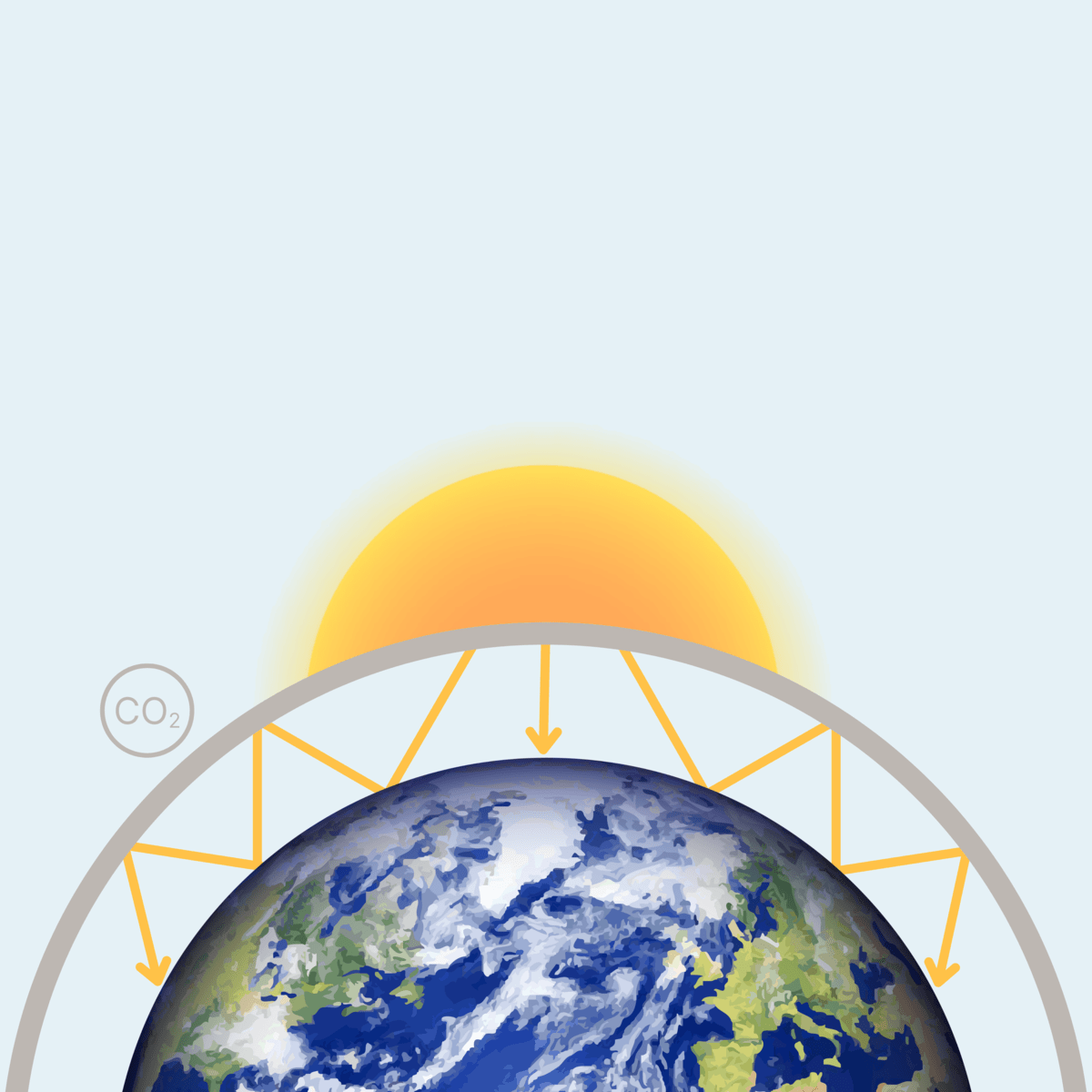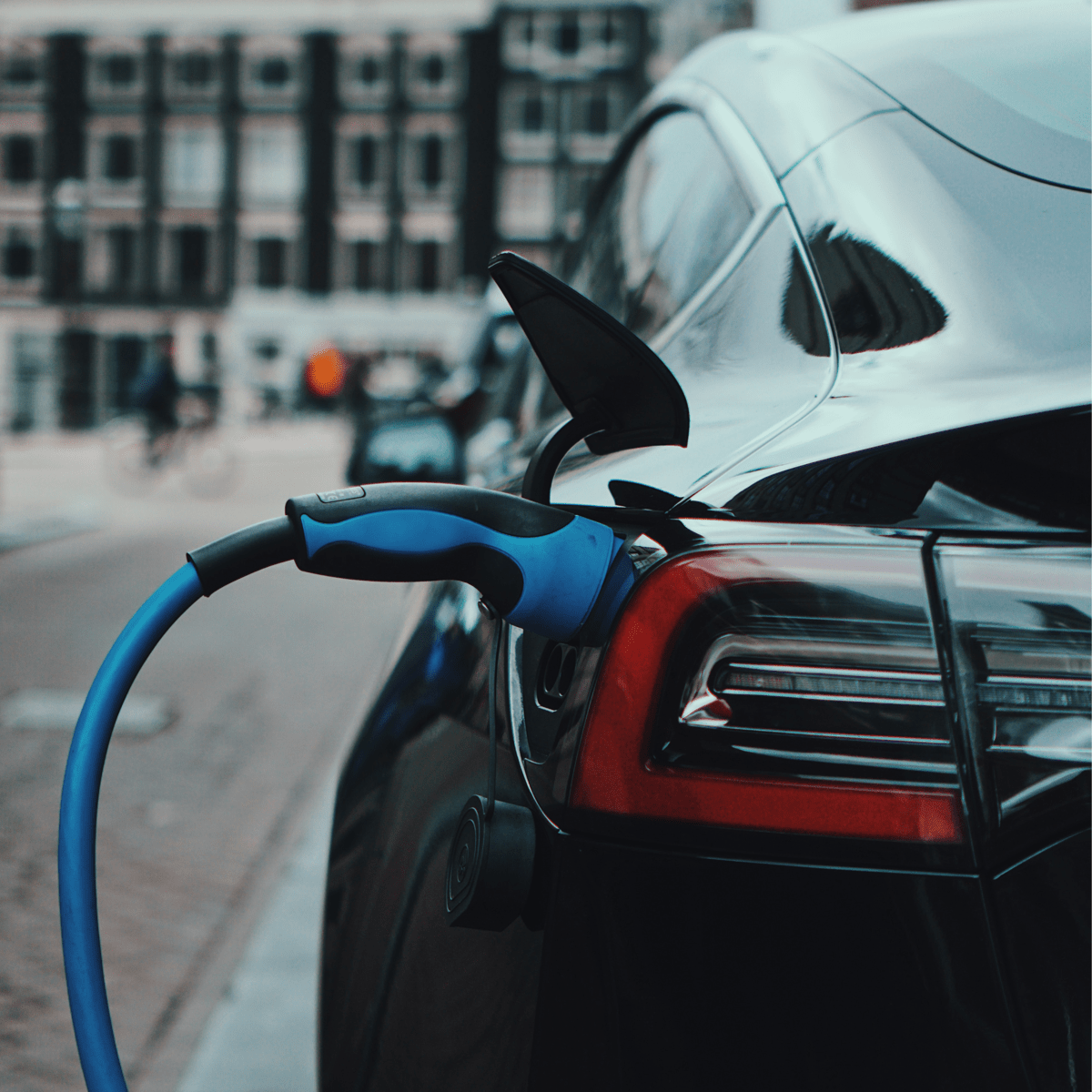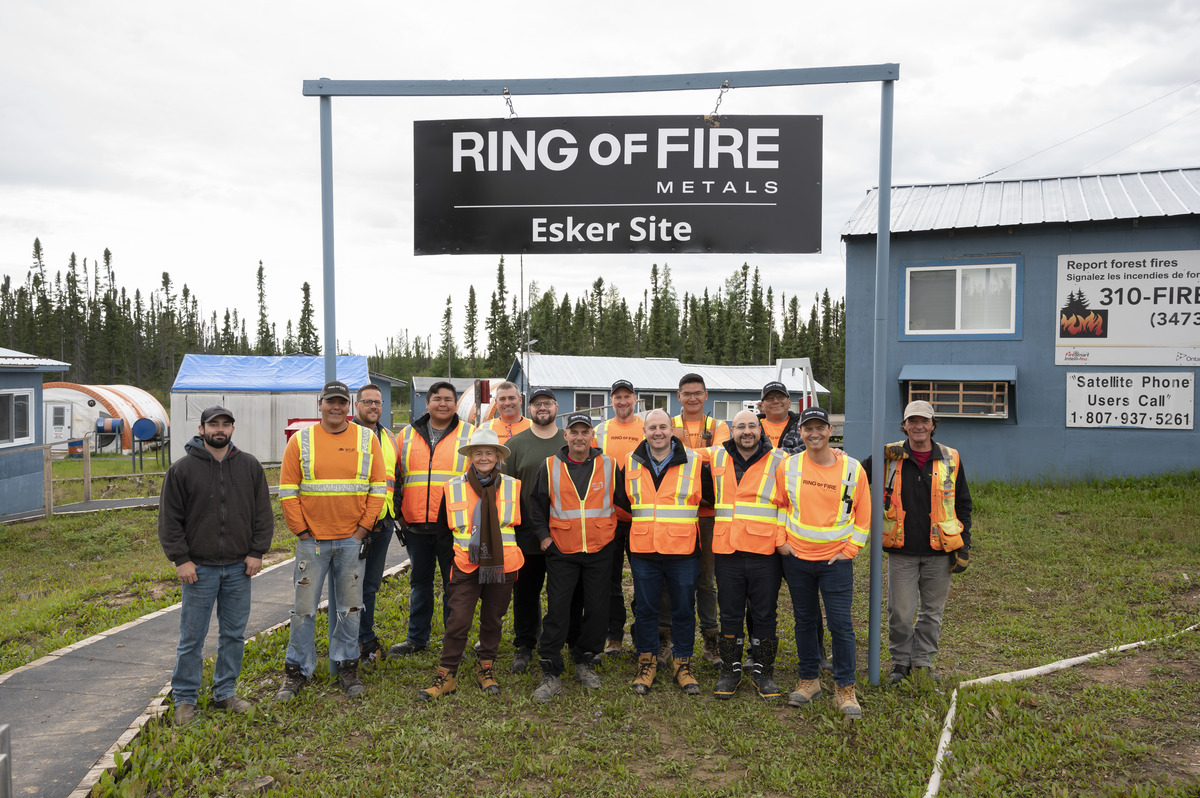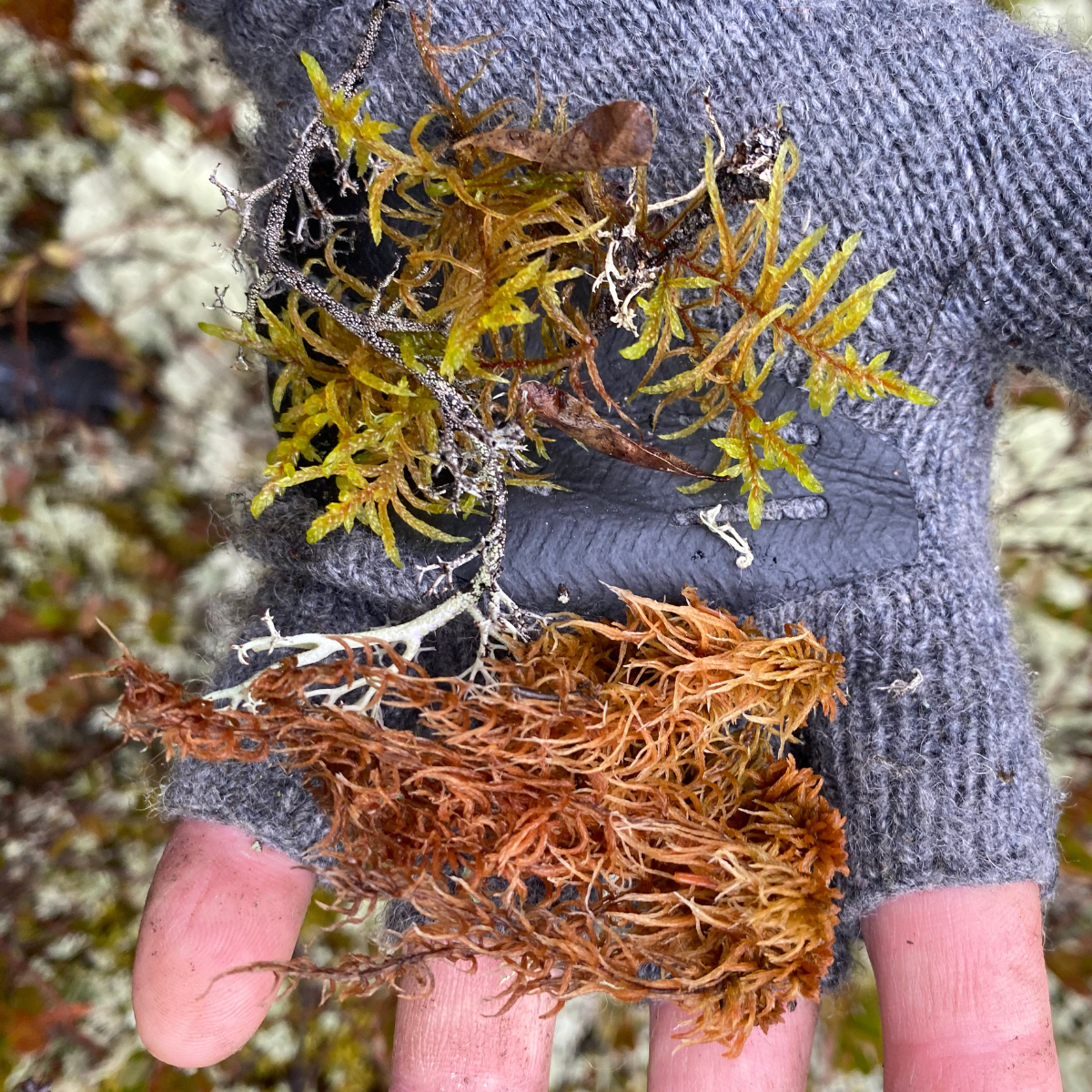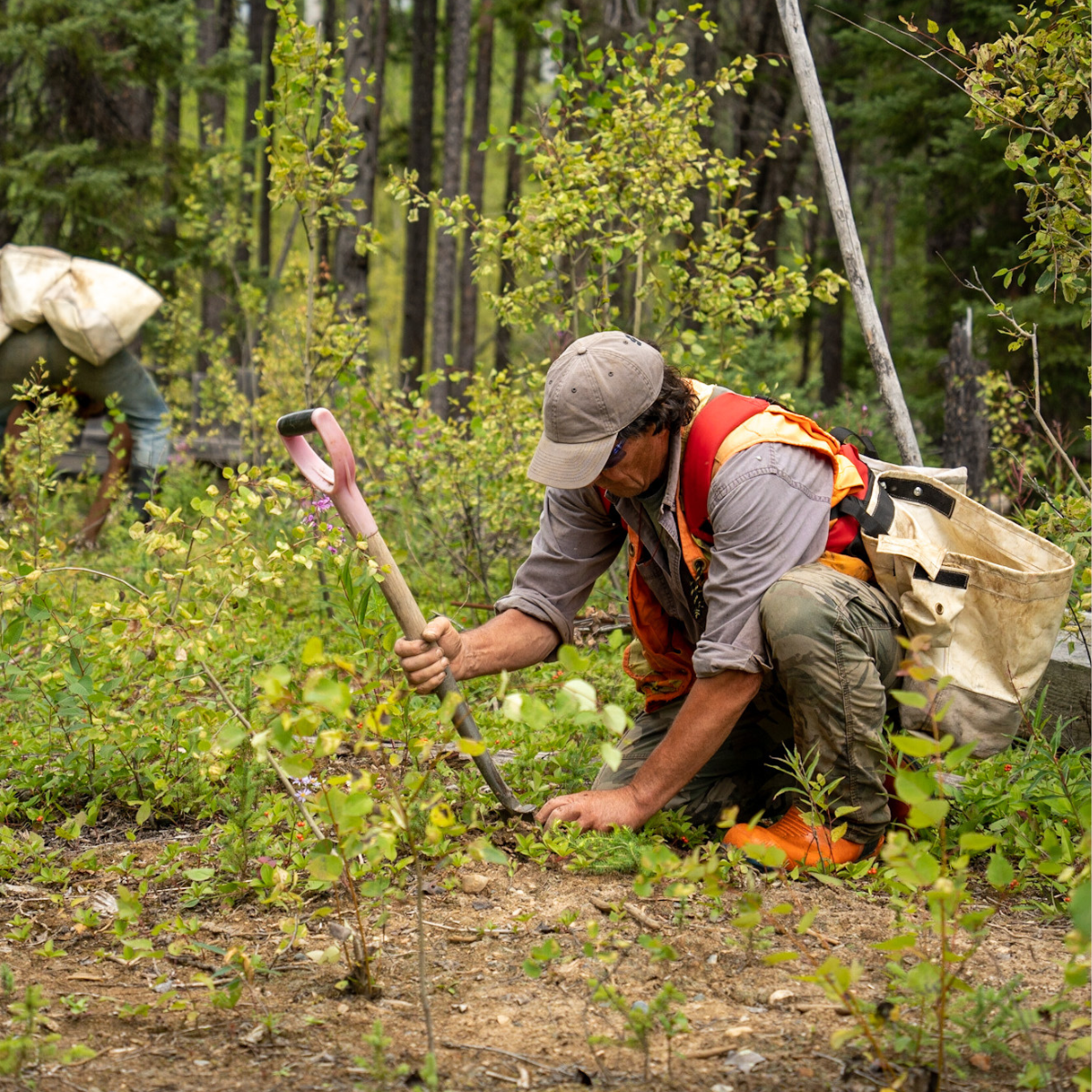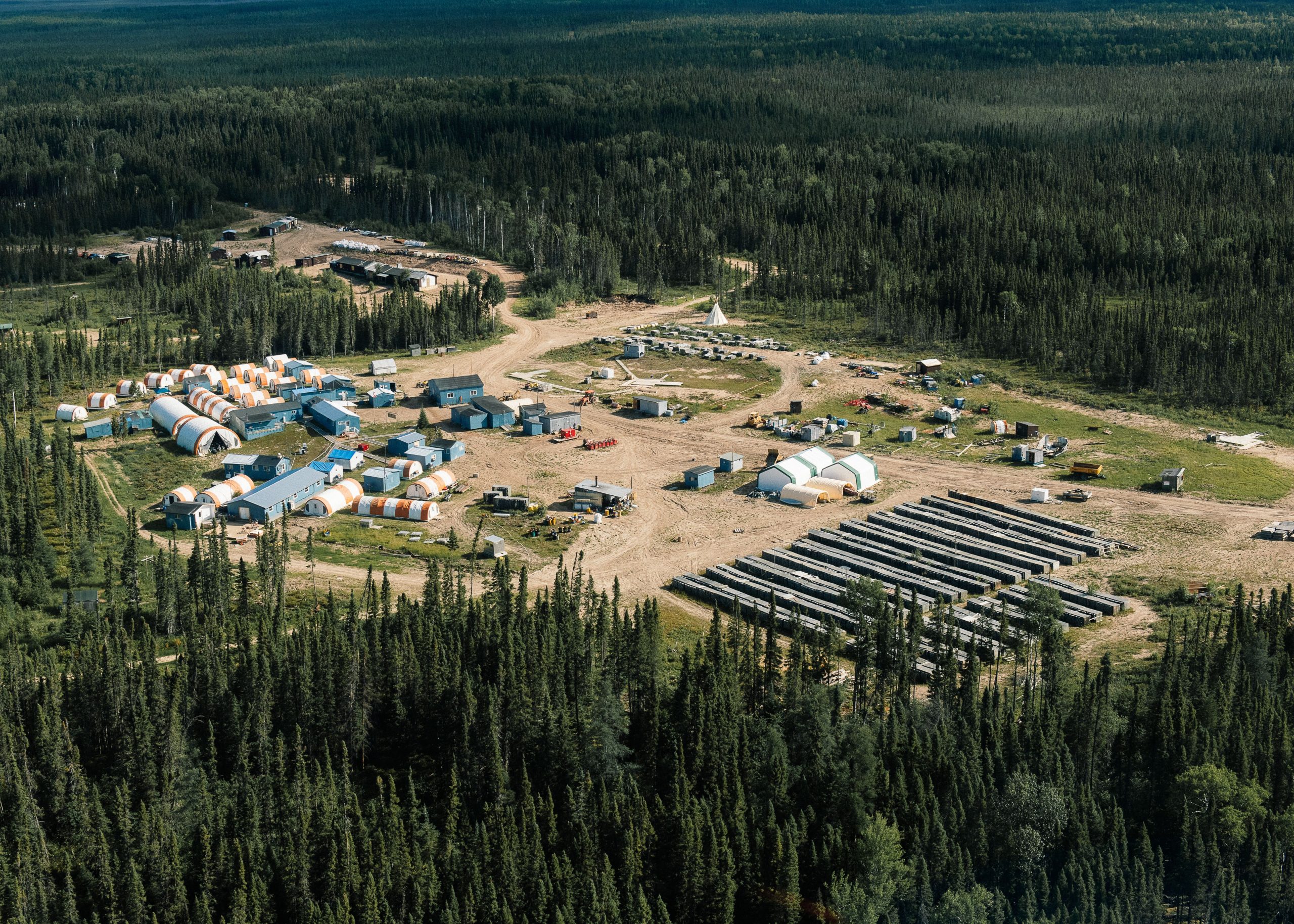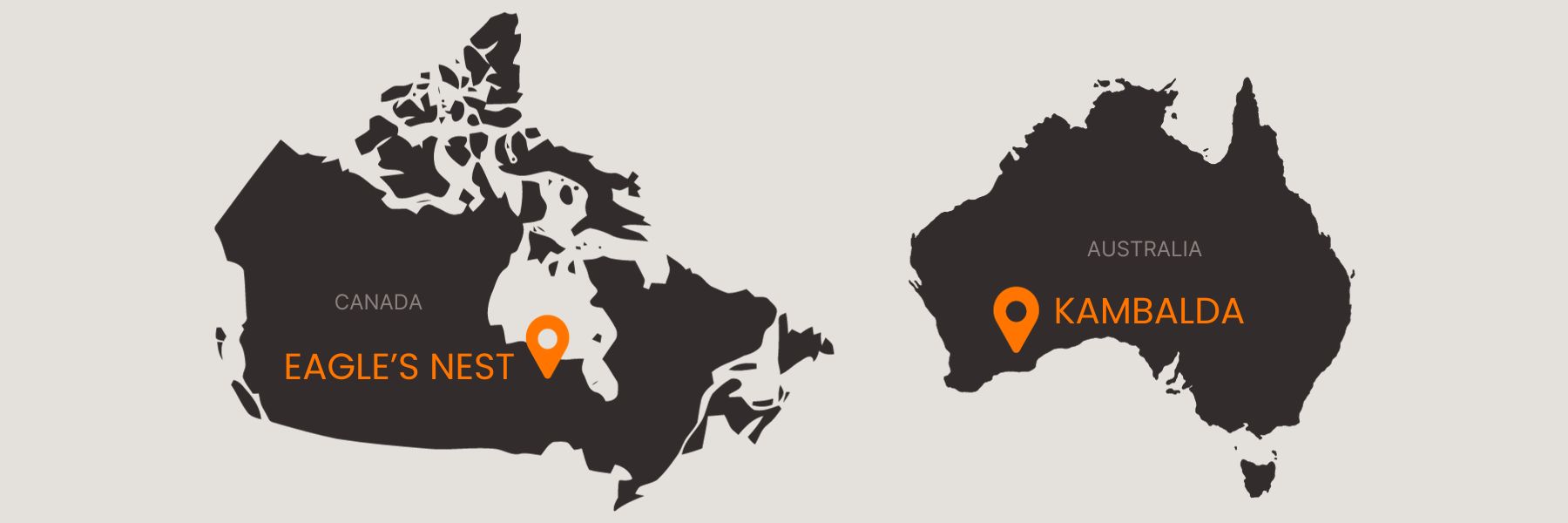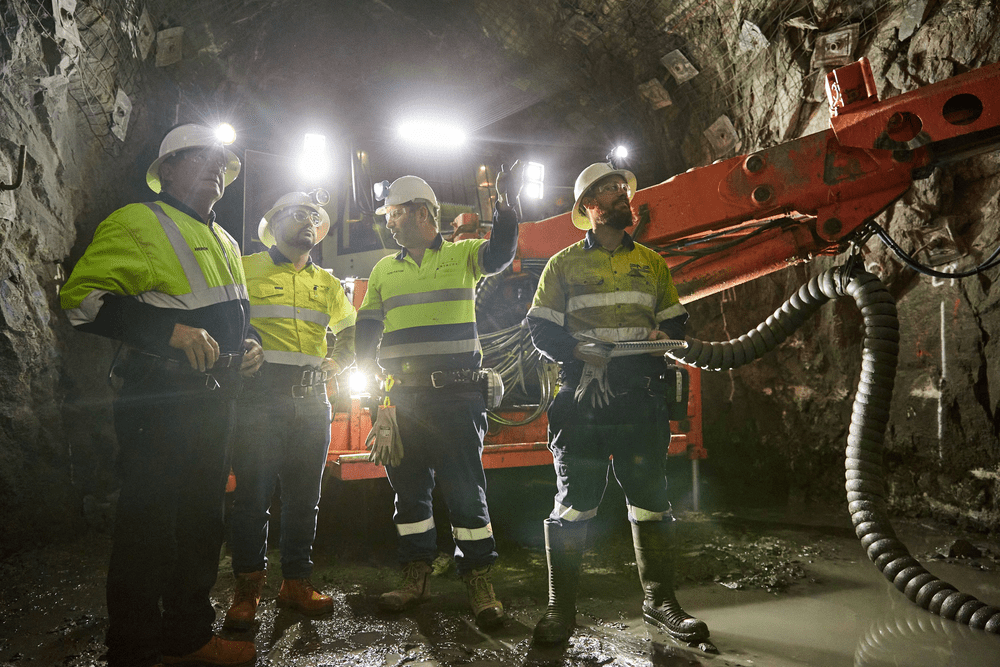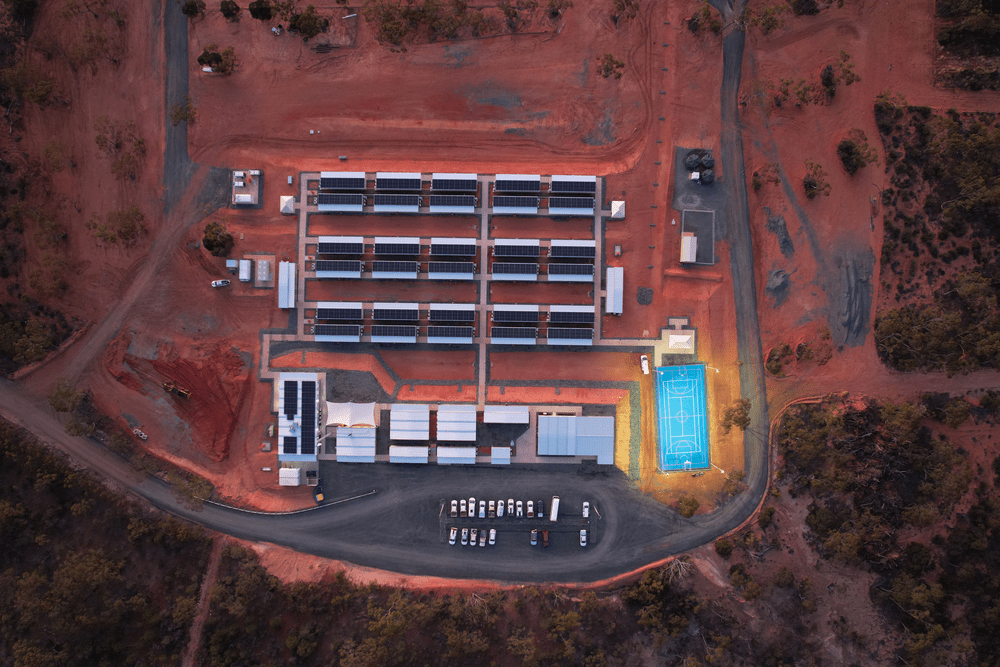Peat moss
The region we work in contains areas of swampy terrain, which is characterized by a material called peat. Peat plays a significant role in climate change, so it is important that we carry out development in a responsible way to protect the peatlands.
What is peat?
Peat is soil that builds up in wet environments and is made of partly decomposed moss, leaves, trees, plants and lichen. These wet environments do not contain oxygen so decomposers such as bacteria, insects and fungi cannot survive, which prevent the plant material from fully decomposing. This material accumulates over many years: as new peat is formed, older peat gets pushed down deeper to create a thick layer of peat.
Why is peat important?
Peatlands store vast amounts of carbon. Given that the plant material trapped by peat does not decompose, it does not release carbon dioxide (CO2). Instead, the peat traps the carbon, preventing it from being released into the environment. Read our story on Reducing Carbon and the affects carbon has on the climate.
Peatlands are also an important habitat for caribou, birds, and other mammals. Reindeer moss, a lichen that grows in the peatlands, serves as a food source for caribou.
What are we doing to protect the peat?
We actively protect the peat by minimizing disturbance during our exploration programs and other site activities. We use indirect methods such as electromagnetic and magnetic testing for metals, which do not disturb the peat.
Exploration drilling takes place either in the winter when the ground is frozen or in the summer when we build log platforms that sit on top of the peat. When our drilling programs are complete, we leave the site clean and free to return to its natural state or rehabilitate certain areas by planting trees where there is insufficient growth.
For our Eagle’s Nest Project, the current design covers a small surface footprint of around one square kilometre planned mostly on esker rather than on peat. Ore will be extracted underground and we will also be one of the first mines to store 100% of our tailings completely underground. This will minimize our impact on the environment and to the surrounding peat.
We are constantly looking for ways to advance responsible development and will continue to implement industry-leading processes and technologies for the sustainable development of our mine.

Replanting vegetation on drill pads




